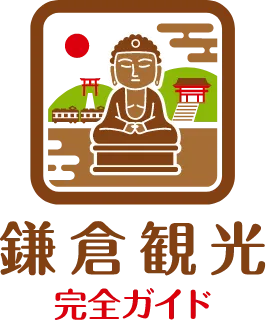Sakura at Egara Tenjinja
History and Charm of Egara Tenjinja
Egara Tenjinja is a historic shrine in Kamakura dedicated to Sugawara no Michizane, the deity of learning and scholarship. The shrine is known for its rich natural surroundings, including cherry blossoms and a grand ginkgo tree, offering beautiful scenery throughout the seasons.
Highlights – Cherry Blossoms Along the Path and Elegant Weeping Sakura
The shrine grounds and approach are lined with cherry trees, creating a breathtaking scene in spring when the blossoms reach full bloom. The Somei Yoshino cherry trees along the pathway from the first torii gate form a stunning arch of blossoms. Additionally, the grounds feature elegant weeping cherry trees, whose soft pink petals harmonize with the main hall and stone steps, enhancing the shrine’s serene atmosphere. The Somei Yoshino trees typically bloom from late March to early April, while the weeping cherry trees bloom slightly later.
The Grand Ginkgo Tree and Its Contrast with the Cherry Blossoms
A notable feature of the shrine is its approximately 900-year-old grand ginkgo tree, standing about 25 meters tall with a trunk circumference of 10 meters, making it one of the largest trees in Kamakura. In spring, fresh green leaves begin to sprout, creating a striking contrast with the cherry blossoms. This historic tree is designated as a natural monument of Kamakura, adding to the shrine’s cultural significance.
A Peaceful Spot for Hanami
Egara Tenjinja is located in a relatively quiet area of Kamakura, making it an ideal spot for a tranquil hanami experience and a leisurely stroll. It is a perfect destination to immerse yourself in the essence of Kamakura’s spring beauty.
Toshi’s Evaluation
| Evaluation Criteria | Score | Reason |
|---|---|---|
| Scenic Beauty | 9 points | The cherry blossom trees and the vermilion shrine harmonize beautifully, offering a stunning view, especially during the cherry blossom season. However, the small scale limits its uniqueness. |
| Accessibility | 7 points | While it is about a 22-minute walk from Kamakura Station, it is only a 1-minute walk from the nearest bus stop. The lack of parking facilities adds a slight inconvenience. |
| Historical Value | 10 points | As one of Japan’s three major Tenjin shrines, founded in 1104, it holds significant historical value. The main shrine is a nationally designated Important Cultural Property and the oldest shrine building in Kamakura. |
| Comfort | 6 points | The grounds are well-maintained, but the many stairs pose challenges for accessibility. Additionally, comfort can be compromised during crowded periods. |
| Reviews | 8 points | Online reviews are generally positive, but some mention issues such as the small scale and accessibility challenges. However, it is highly praised during the cherry blossom and plum seasons. |
Overall Score: 40 Points
Egara Tenjin Shrine stands out for its scenic beauty and rich historical value. The cherry blossom-lined path leading to the shrine and the weeping cherry trees harmonize beautifully with the vermilion shrine buildings, making it a highly recommended spot during the cherry blossom season. As one of Japan’s three major Tenjin shrines, its cultural and historical significance is immense. However, there are areas for improvement, such as accessibility due to walking distance and lack of parking, as well as limited barrier-free facilities. Despite these challenges, it remains a must-visit destination during the spring season.
